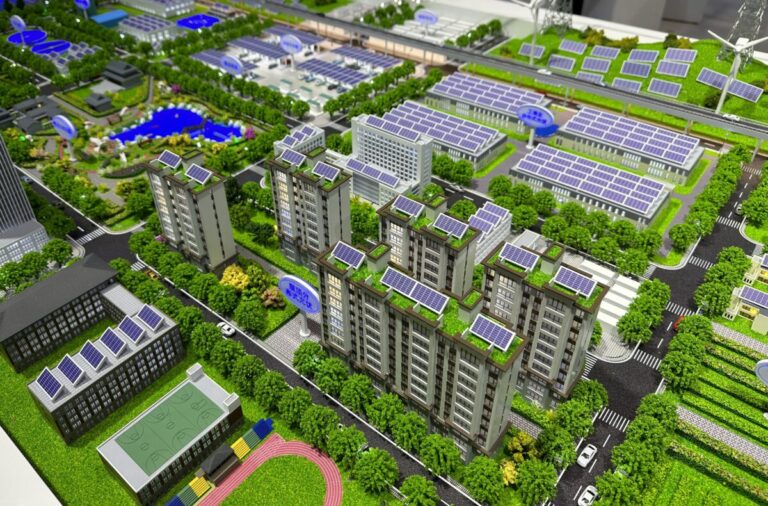Researchers in Saudi Arabia have identified the best and optimal PV system configurations for the Saudi residential market. Their analysis examined the capacity threshold that leads to lower electricity costs compared to the grid’s electricity costs. They used NREL’s HOMER software to analyze the energy needs of the residential units, the solar energy potential and weather characteristics of the selected location, and the financial parameters that influence a project’s profitability.
An international research group has outlined a techno-economic optimization methodology for the deployment of residential PV systems in Saudi Arabia.
“Our study provides valuable insights for policymakers and stakeholders, helping them understand the renewable energy landscape and make informed decisions to promote sustainable development and clean energy transitions in Saudi Arabia,” said the lead author of the study. Khaled Mohammad Saeed Almohammadi, narrated pv magazine.
“Our findings also showed that the The minimum renewable fractions required to achieve competitive energy costs (COE) varied by city, ranging from 30% in Al Wajh to 58% in Hafar AlBatin, indicating different levels of dependence on renewable energy,” he added . “The combination of natural resources, government initiatives, technological advancements and economic factors makes rooftop PV systems a very viable and attractive option in Saudi Arabia.”
Interested in more insights about Saudi Arabia?
The researchers explained that their techno-economic analysis for grid-tied residential solar covers 19 Saudi cities and aims to identify the best and optimal PV system configurations. for the Saudi housing market. Their analysis investigated the capacity threshold that leads to lower electricity costs (COE) compared to the current electricity costs of the electricity grid.
The proposed methodology uses the US National Renewable Energy Laboratory (NREL) HOMER software and takes into account the energy needs of the residential units, the solar energy potential and weather characteristics of the selected location, and the financial parameters that influence the profitability of a project.
“Detailed simulation results from HOMER Pro allow key metrics such as energy generation, system reliability and grid consumption to be examined to assess the feasibility and effectiveness of the designed systems,” the scientists explained.
From the analysis, the research team concluded that Hail, Sakaka and Jeddah are the locations that offer the best trade-off between renewable fraction (RF) and net current cost (NPC), with NPC values of almost $18,400 and an RF of 47 %. and the proximity index for these three sites is 0.57.
Furthermore, the analysis showed that Taif and Al Hofuf ranked fourth and fifth respectively, with similar closeness indices of around 0.58. “Taif proved to be more economical, with a lower NPC, while Al Hofuf excelled in terms of renewable fraction, with a higher value,” the academics said, adding that Makkah and Tabuk took sixth place, with NPC values ranging from $16,000 . up to $16,500 and RF of 43-44%.
“The combination of natural resources, government initiatives, technological advancements and economic factors makes rooftop PV systems a very viable and attractive option in Saudi Arabia,” Almohammadi said, noting that the affordability of installation costs and public awareness are driving the are the main obstacles. “Smart meters are available in all Saudi homes. These devices have been installed by the government over the past 5 to 7 years. This makes rooftop PV installations in the residential sector ready for implementation.”
The study findings are available in the study “Techno-economic assessment and optimization of grid-connected solar PV systems in the construction sector of Saudi Arabia”, published in Utilities policy. The research was conducted by scientists from Taibah University in Saudi Arabia and the Ecole Supérieure de Communicatie de Fes in Morocco.
This content is copyrighted and may not be reused. If you would like to collaborate with us and reuse some of our content, please contact: editors@pv-magazine.com.


